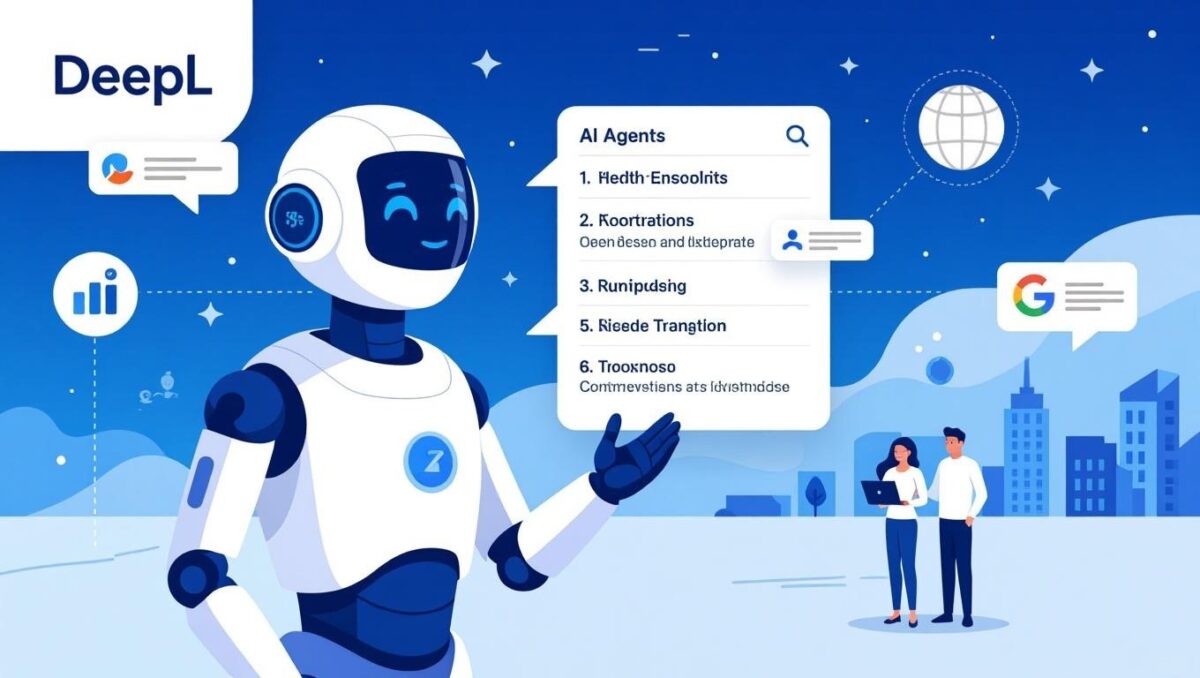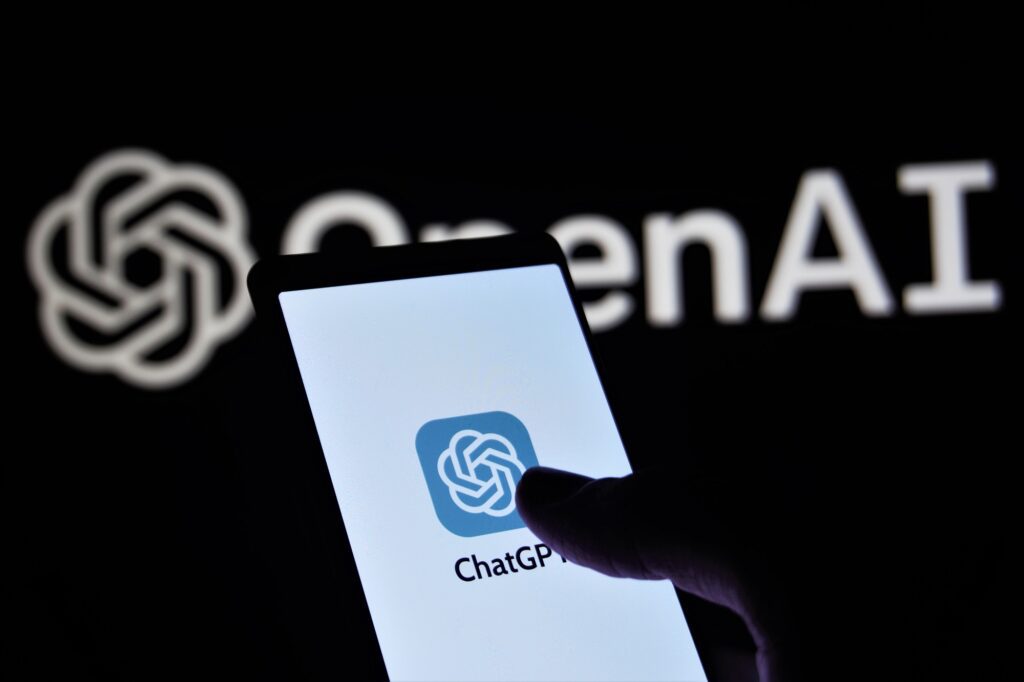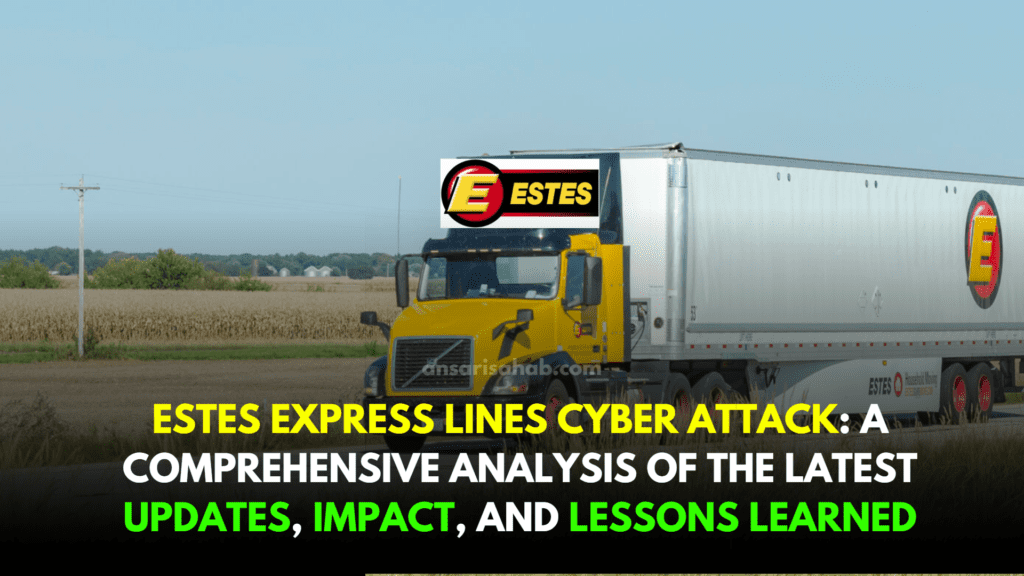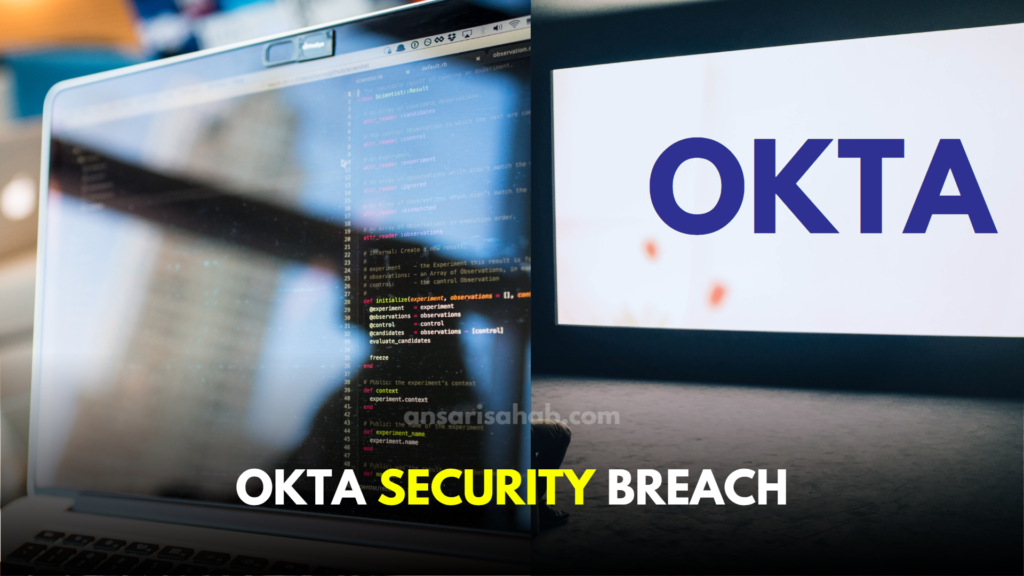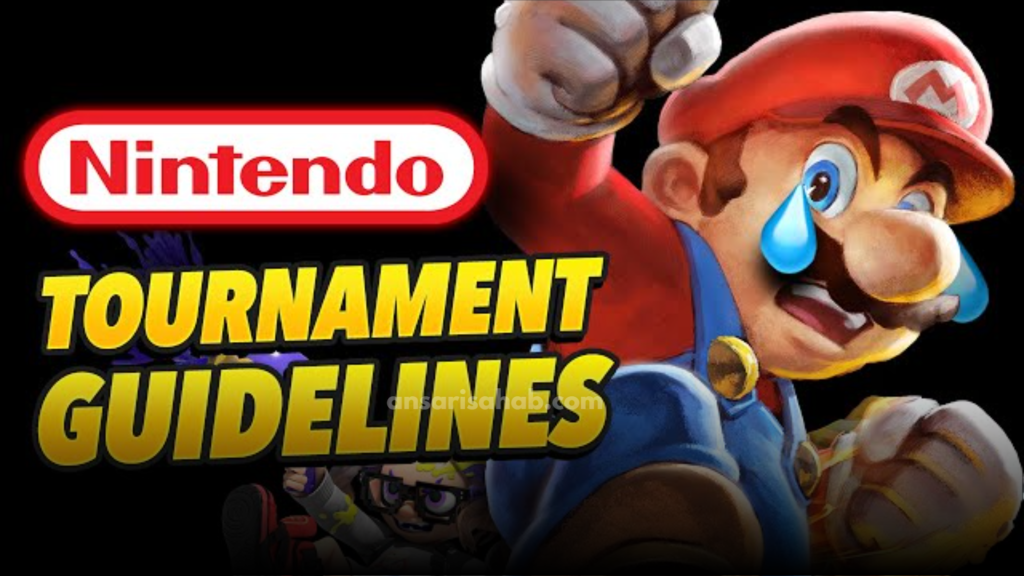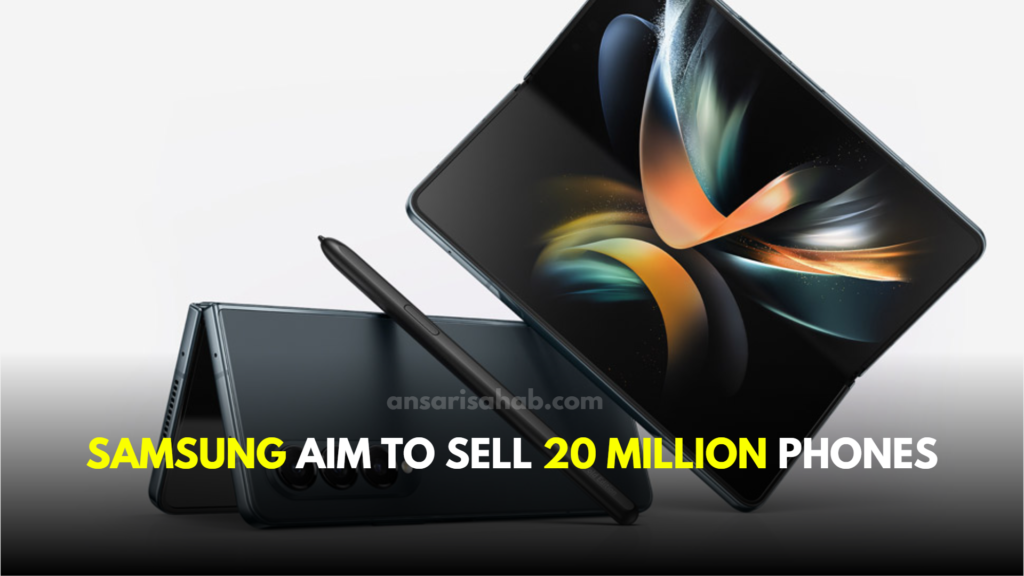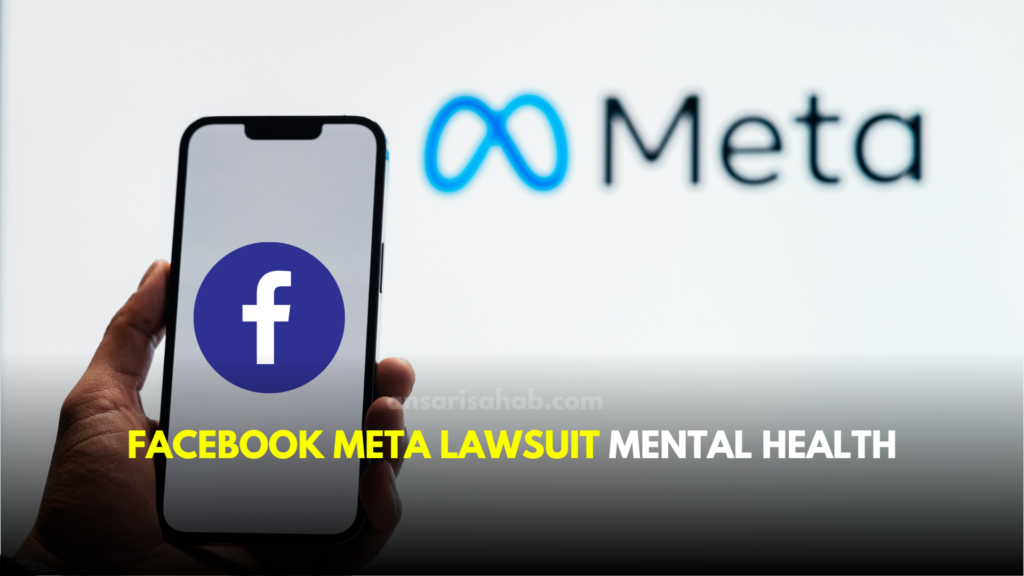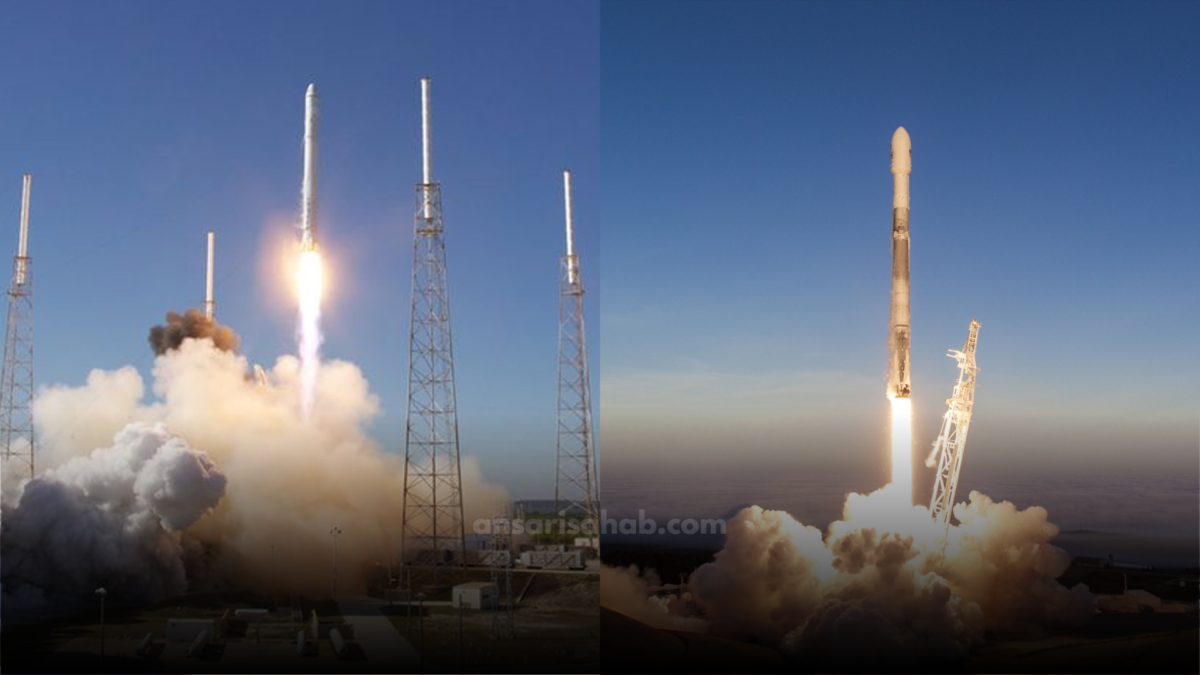A vertical “agent” aimed at enterprise workflows
DeepL has launched DeepL Agent, an autonomous AI assistant designed to automate multilingual business workflows across functions such as support, marketing, finance and localization. The company says the product is in beta with select customers and will move to general availability “in the coming months.” The rollout, announced September 3–4, 2025, signals DeepL’s push beyond pure translation into agentic automation built on its language stack.
Early coverage frames the strategy as a pivot toward enterprise “do-the-work” AI, not just text conversion. Sifted reports the agent targets repetitive, time-intensive tasks; DeepL’s own materials emphasize secure, accurate outputs for regulated teams.
Why this matters now
DeepL has rapidly grown its enterprise footprint since 2024—raising $300 million at a $2 billion valuation and touting more than 100,000 business customers—giving it a base to deploy a workflow agent into real back-office use cases. That funding momentum underwrites heavier R&D and go-to-market for agentic tooling.
Meanwhile, the broader market is crowded: OpenAI has introduced next-generation gpt-4o transcription models and broader multimodal capabilities; Google continues to dominate coverage with the widest language reach and enterprise integrations. DeepL’s bet is that a vertical, accuracy-first agent will win in compliance-sensitive environments.
7 ways DeepL Agent could outsmart OpenAI and Google Translate (so far)
1. Enterprise-grade translation accuracy as a foundation
DeepL cites third-party blind expert tests showing its translations outperformed big-tech peers (e.g., “1.3× more accurate than Google; 2.3× than Microsoft” in 2024). If those gains carry into the agent’s action chain, downstream tasks (reply drafting, knowledge lookup, localization QA) may compound accuracy advantages. Caveat: results vary by language/domain.
2. Narrower—but deeper—language support tuned for quality
Comparisons in 2025 continue to find Google wins for breadth, while DeepL’s smaller roster can deliver higher quality where supported—attractive for enterprises that operate in specific pairs (e.g., EN⇄DE/FR/JA). That trade-off favors an agent that must act reliably, not just “translate most languages.”
3. Agentic automation built around localization workflows
DeepL’s announcement and coverage emphasize automating repetitive multilingual tasks across marketing, HR, support and research—workflows where translation + writing + terminology control sit at the core. That contrasts with general-purpose chat agents that require more custom scaffolding to respect linguistic style guides and glossaries.
4. Security and data-handling posture tailored to enterprises
DeepL’s pitch centers on privacy and security for business translation and writing. For regulated industries, minimizing data exposure to broad foundation models can be a purchasing trigger. The company’s vertical focus (and existing enterprise contracts) suggests tighter defaults than consumer-centric tools.
5. Integrated terminology and tone control
Localization vendors note DeepL’s strengths in terminology management and idiomatic output. If Agent bakes these controls into action policies—e.g., automatically enforcing term bases across tickets and emails—it can reduce post-editing costs versus generic LLM workflows.
6. Cost focus on “tasks that matter”
Because DeepL Agent targets specific, repeated tasks, early adopters can measure ROI (reduced handle time, fewer rewrites, faster multi-market launches) more cleanly than with open-ended chatbots. Specialist tools often beat generalists on unit economics in a defined lane. (This is an inference grounded in the product’s stated scope and enterprise model.)
7. Timing: agent arrives as rivals retool audio/translation stacks
OpenAI’s latest transcription models improve word-error rates, and Google continues to iterate MT quality; DeepL’s counter is to wrap its translation core in a full agent—meeting enterprises where the work happens (tickets, CMS, CRM). That architectural choice may yield faster “last-mile” wins even if rivals lead in modalities or breadth.
How it compares: OpenAI and Google today
- OpenAI: Strong at multimodality and developer APIs; new gpt-4o-transcribe models boost ASR accuracy and language recognition—useful for call centers and media. But building a translation-aware agent with style/terminology enforcement typically requires additional orchestration and MT components.
- Google Translate / Vertex AI: Unmatched language coverage and tight integration across Google Cloud; accuracy is high for major pairs but can be inconsistent in long-tail or domain-specific content, per localization vendors.
What to watch next
- General availability timelines and pilot outcomes: DeepL says GA is coming “in the coming months.” Proof will come from case studies quantifying ticket resolution time, localization cycle time, and error rates after deployment.
- Pricing and seat model: Whether Agent is packaged per-seat, per-workflow, or via API will determine adoption speed beyond existing DeepL Translate/Write customers. (Not yet disclosed at time of writing.)
- Vertical expansions & IPO chatter: Reports this year have speculated on a potential late-2025 listing; regardless, funding and hiring trends suggest continued enterprise push.
Methodology and caveats
This article synthesizes company announcements, third-party coverage, and vendor comparisons. Some advantages reflect DeepL’s claims or analyst assessments; head-to-head results can vary by language pair, domain, and prompt framing. Enterprises should run in-house evaluations before standardizing.
FAQs
A: It’s an autonomous AI assistant that automates multilingual workflows (support, marketing, HR, finance). It’s in beta with select customers with GA expected in coming months, per DeepL.
A: DeepL points to expert blind tests where it outperformed major MT systems in 2024. Real-world results vary by language/domain, so businesses should benchmark on their content.
A: General LLMs (e.g., OpenAI) are broad and multimodal; DeepL Agent is vertical—built on translation/write strengths with enterprise privacy, terminology control and workflow automation out of the box.
Source:
DeepL
Sifted
PR newswire

